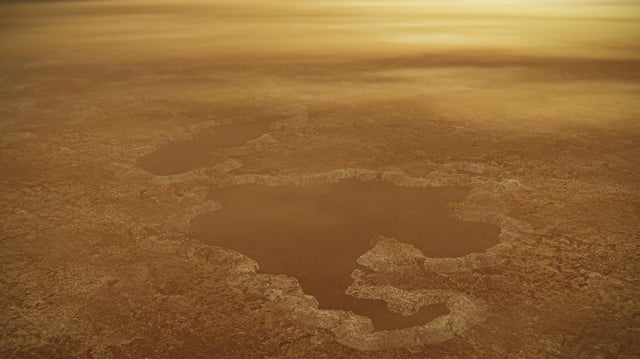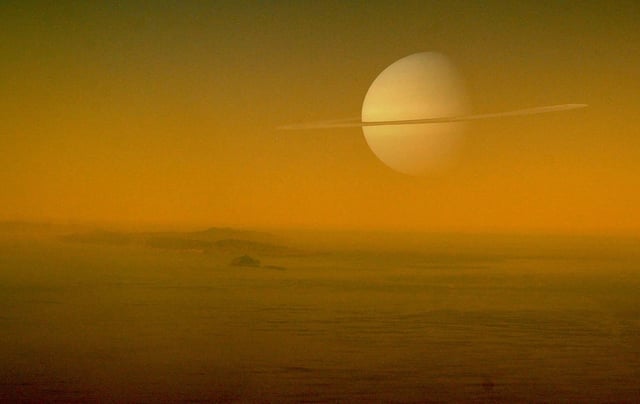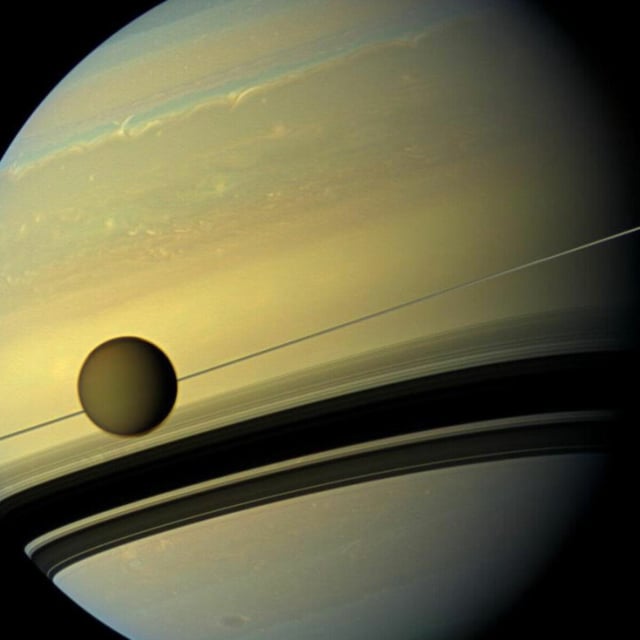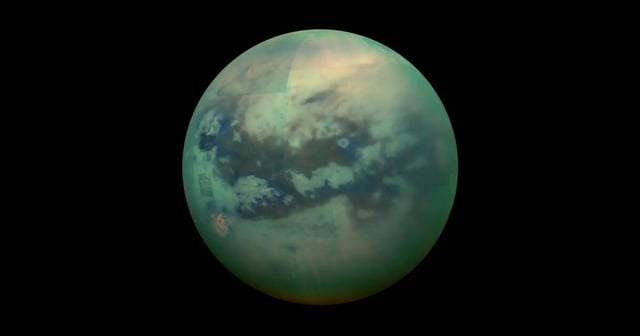Overview
- Research led by Antonin Affholder and Peter Higgins concludes Titan’s subsurface ocean could sustain only a few kilograms of microbial biomass, roughly the mass of a small dog.
- The study focuses on glycine fermentation, a simple metabolic process, as a plausible pathway for potential life on Titan.
- Despite Titan’s surface being rich in organic compounds, limited nutrient transfer through its thick icy shell restricts habitability in the subsurface ocean.
- Titan’s subsurface ocean, estimated to be 300 miles deep, is vast but sparsely populated, with fewer than one microbial cell per liter of water.
- These findings challenge earlier optimistic views of Titan’s habitability, emphasizing the need for more nuanced models of extraterrestrial ecosystems.



